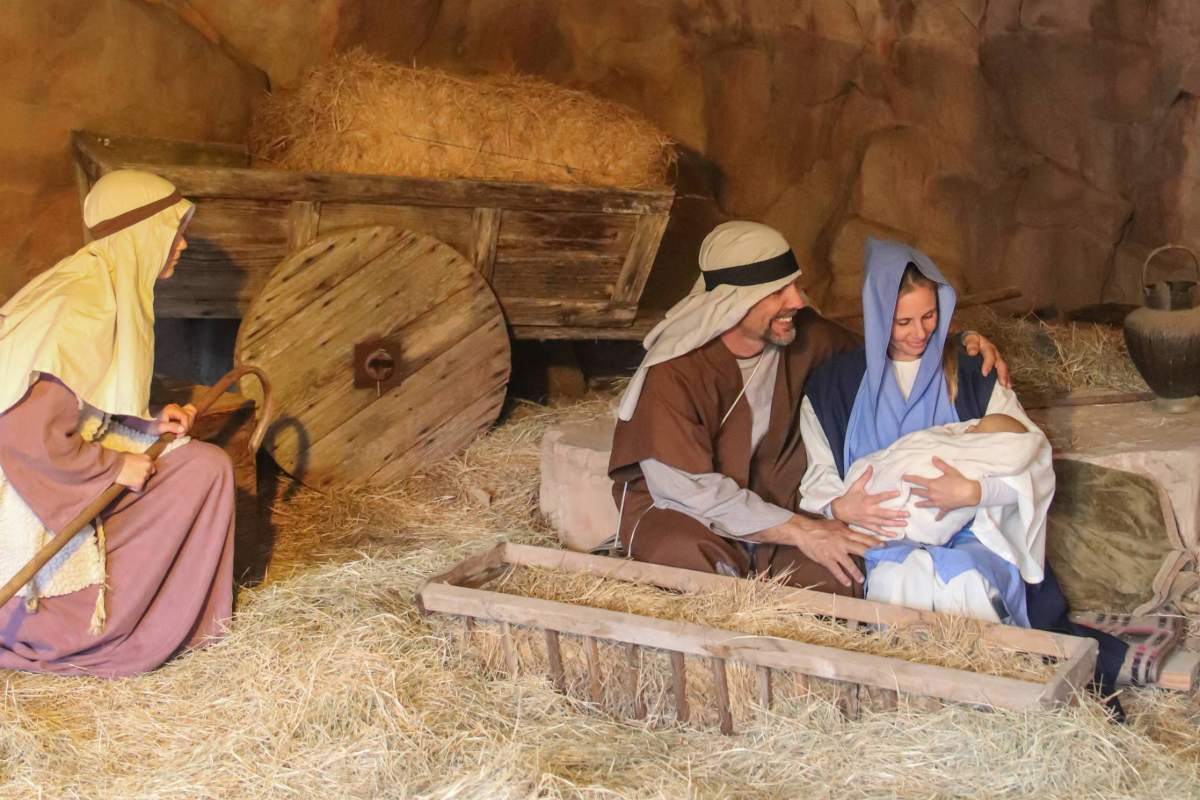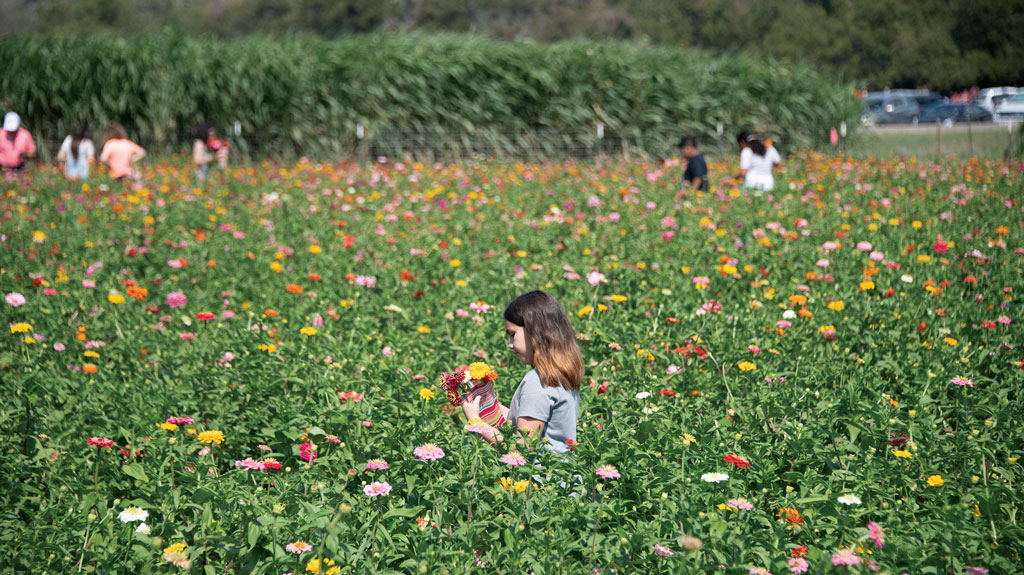
January is the time for planting your vegetables.
Hope y’all had a very merry Christmas and continue to enjoy the holiday season.
[image id="23316" title="Luedecke" linkto="file" ] Bill Luedecke and daughter Martelle offer advice to Highland Lakes gardeners.If you have “little helpers” visiting for the holidays, let them help you plan your garden for the spring. What are your favorite vegetables? Want to try something new this spring? What vegetables do you use to prepare your favorite foods?
On a piece of paper, draw the shape of your garden. Using pictures (old magazines, seed packets from last year, internet screen shots or downloads) choose which vegetables you would like to plant first. With “little and big helpers,” start the seeds that you want to later transplant into the vegetable or flower garden. You will need an area where there is ample light and a constant temperature of about 70 degrees.
You can purchase supplies (for planting the seeds) from catalogs and nurseries, or you can reuse those cardboard egg cartons. See why we love eggs? There are so many benefits from eating eggs, the least of which is their flavor.
So, get out to the nurseries and feed stores or look in your catalogs or online so you can purchase your seeds and get them started.
JANUARY GARDEN DUTIES
1. Now is the time to plant vegetables: artichoke crowns, asparagus crowns, broccoli, cabbage, lettuce, and spinach. We can still plant strawberries and herbs such as chervil, chives, cilantro, oregano, parsley, rosemary, sage, and thyme. Start selecting onion sets and get them into the ground. There are many varieties these days, so take your time in your final selection.
2. In the flower department, plant sweet alyssum, ornamental cabbage and kale, Johnny jump-ups, pansies (faceless are my favorites), snapdragons, violas, and stock.
3. If you are blessed enough to have a greenhouse or cold flats, start tomato seeds indoors.
4. Time to spray our fruit trees with dormant oil. Orange oil is good for this and safe for the environment.
5. Good time to check out (and repair, if necessary) your irrigation system. Also, it’s an excellent time to design your system for this spring.
6. On cold and rainy days, it is best to work inside, which is a wonderful opportunity to clean and oil gardening tools.
7. Mulch, mulch, and more mulch is the byword for the winter. Mulch promotes moisture retention and offers protection from the cold.
8. Fertilize your established pansies with dried blood meal or cottonseed meal at the rate of 3-4 pounds per 100 square feet of flowerbed.
9. With the heavy dew and light rains, keep an eye on your bird feeders. Make sure you don’t allow the bird seed to mold. Moldy seed can make birds sick. Be kind to your backyard buddies.
10. Continue to prune the dead wood out of oaks and other shade trees. Removing the dead wood, especially those “head height,” will provide kindling and allow sunlight to reach inside the umbrella of the tree.
Trees, shrubs, plants, etc., need watering during the winter. Check the soil around your trees. If you’ve had less than 4 inches of rain in the past 30 days, trees love “deep watering.” A slow drip (very slow dribble) for a 24-hour period is best for our trees.
Don’t prune fruit trees yet. When we prune, we are telling the trees that they should begin the process of growth, budding, and flowering. None of these are desired at this time of year. Our trees are confused enough as it is with the weather cycles we are experiencing: mid-70s down to the 20s in temperature. It is a long time before Easter, historically the last freeze.
Keep your souls and soles in your garden!
Remember the True Master Gardener: Jesus said, “I am the vine; my Father is the Gardener.” John 15:1 Contact Bill Luedecke at The Luedecke Group Realtors at (512) 577-1463 or email him at bill@texasland.net. Contact Martelle Luedecke at (512) 769-3179 or luedeckephotography@gmail.com.












